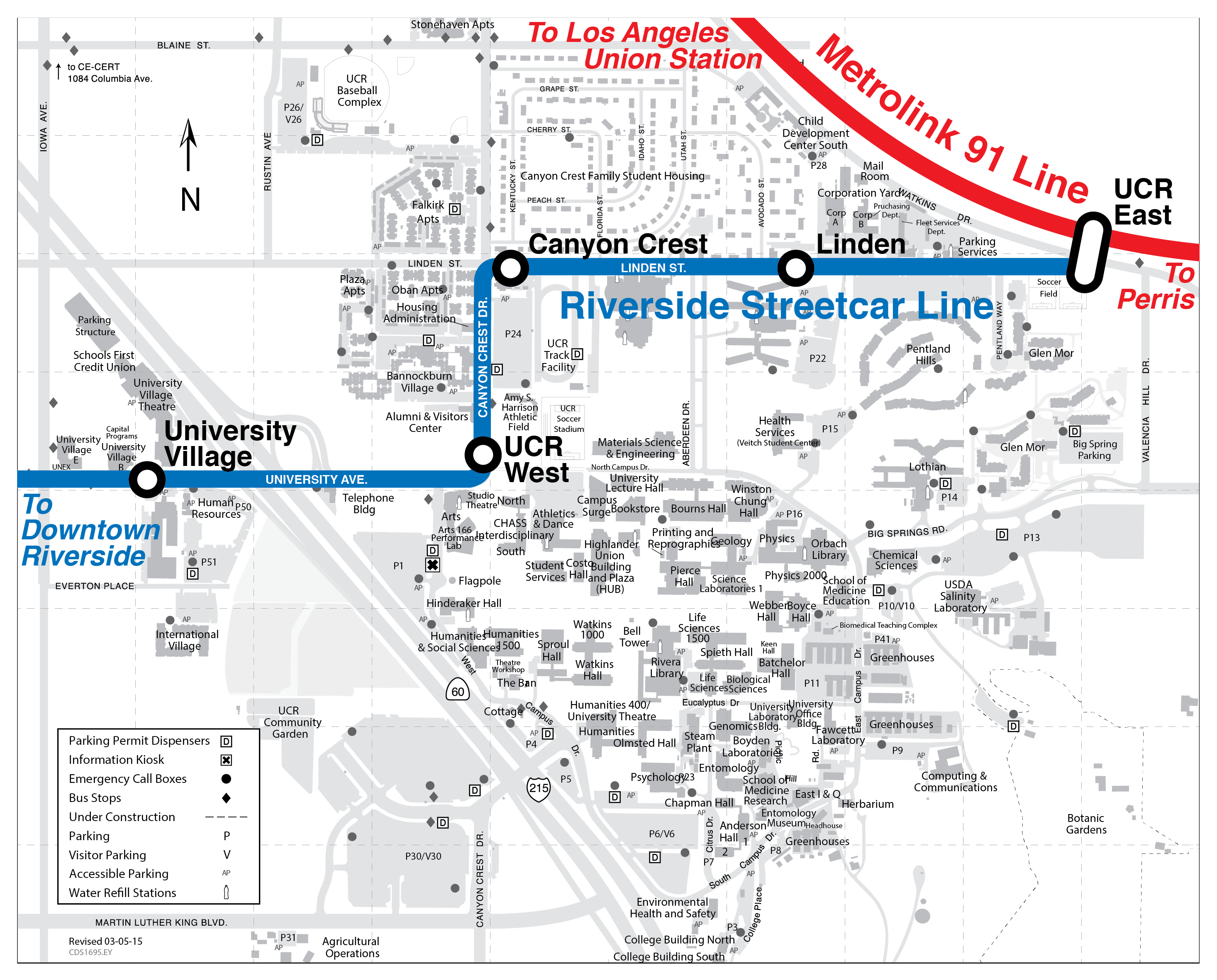
Has Not Benefited From Peer Review
A blog of random writing by William Grover.-
Phone in the freezer: Using Phyphox to explore gas laws, thermodynamics, and energy efficiency
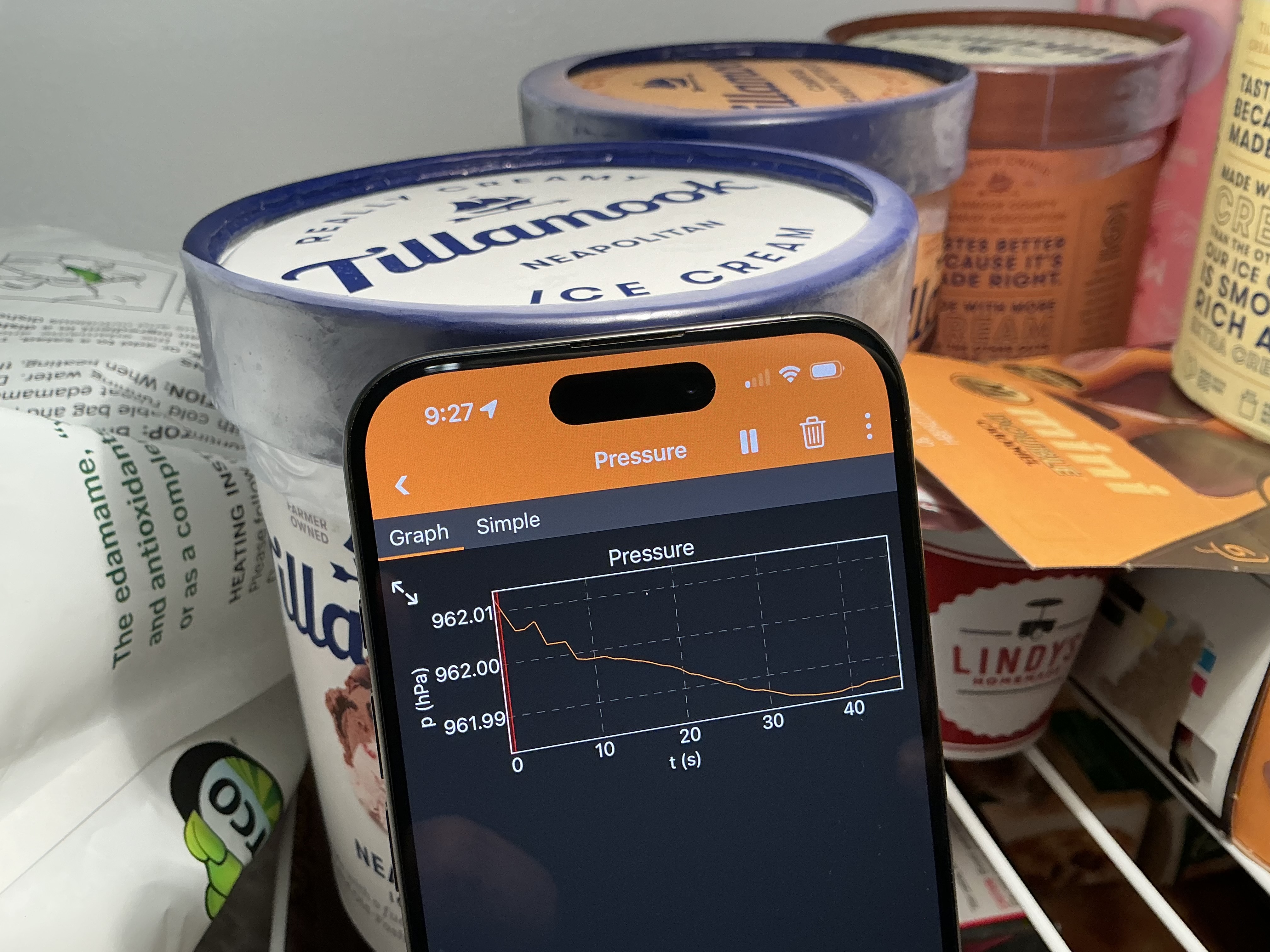
I’m a big fan of Phyphox, a free app for iOS and Android that lets you record raw data from your smartphone’s sensors. Smartphones have a mind-blowing array of sensors, including accelerometers, gyroscopes, magnetometers, and barometers. Some Android phones also have temperature, humidity, and proximity sensors. I love using Phyphox to perform little experiments, like mapping out the magnetic field lines near the MRI machine at UC Riverside’s Center for Advanced Neuroimaging, or measuring the rate of ascent of the Palm Springs Aerial Tramway by monitoring the barometric pressure inside the tram.
In case some of these little experiments might be useful for K-12 STEM teachers in their classrooms, I’ll share some of them here. Read on for a little middle- or high-school-targeted lesson that uses a smartphone and a freezer to explore principles of gas laws, thermodynamics, and energy efficiency…
-
On the density of Priority Mail

My oldest son makes custom Lego sets, and he ships the sets using the Post Office’s Priority Mail service. On the off chance that you’ve never used it before, Priority Mail uses four different standard boxes, each with a different size and shape.
Not surprisingly, the four boxes have different shipping prices, with the smallest one the cheapest at $10 and the largest one the most expensive at $25. But perhaps more interestingly, the four boxes all have the same maximum weight: 70 pounds.
It’s not hard to imagine putting 70 pounds of stuff in the largest box. At 12 inches by 12 inches by 6 inches, its volume is half a cubic foot. Filled with concrete, it would weigh about 75 pounds and would place you squarely in violation of the Priority Mail rules and regulations.
But what about the smallest box? With an interior of just 8 5/8 by 5 3/8 by 1 5/8 inches, the smallest box is pretty tiny, about the size of “three stacked DVD cases” as the post office website helpfully suggests. How heavy could “three DVD cases” be? Is there any danger of exceeding the 70 pound limit?
-
The R.E.M. and James Agee story

A true story from my undergrad days at the University of Tennessee, Knoxville.
* * *
Back in college I got interested in Knoxville history, so it wasn’t long before I learned about James Agee. Agee was Knoxville’s greatest writer, his reputation only eclipsed by Cormac McCarthy’s stardom. Agee’s most famous work, A Death in the Family, was published after his death and earned him a posthumous Pulitzer Prize. Set in Knoxville in 1915, it tells the story of a boy whose father was killed in a car crash. The book was based on events in Agee’s own childhood in Knoxville, including his own father’s death when Agee was only six years old.
-
The rise (and risks) of resin-based 3D printers

Not long ago, 3D printers were so expensive and rare that the idea of having a 3D printer at home seemed like science fiction. But today I have a 3D printer in my garage. You can also find 3D printers at my son’s middle school, my public library, and in the homes of some of my bioengineering students at the University of California, Riverside, who are currently using their own 3D printers to build class projects while our campus is temporarily closed.
3D printers aren’t new—the first ones were produced decades ago. But the price of 3D printers has plummeted over the last few years, making it possible for anyone interested in the technology to bring a 3D printer into their workplace, their classroom, or even their home. Using these printers, artists, inventors, and hobbyists are making things that would have been impossible to conceive just a few years ago.
But the sudden accessibility of 3D printers has distracted us from some of the risks of this technology. And different types of 3D printers have very different risks.
-
UC Riverside in Gene Roddenberry's Genesis II
In 1972, Gene Roddenberry, already famous for creating Star Trek, set out to make his next big science fiction TV show. Roddenberry’s Genesis II follows NASA scientist Dylan Hunt, who goes to sleep in an experiment and awakes in the year 2133 in a post-apocalyptic world fractured into various competing civilizations.
One of these civilizations, the Tyranians, live in the futuristic city of Tyrania. And Tyrania might look a little familiar to some of you:
-
On the occasion of John Portman's death

The design of the Bonaventure Hotel has inspired a fair bit of criticism over the last 40 years, much of it deserved.
But it’s also worth remembering that without John Portman’s vision, the Bonaventure could have easily been yet another utterly forgettable 1970s hotel with a claustrophobic lobby, dimly-lit elevators, and a featureless slab of rooms. That’s how most hotels built in the ‘70s looked, and how many of those hotels inspire visits from architecture critics, or pass for the 25th century in movies, or transform the elevator into a rocket ride into the sky?
Portman took one of the most mundane human activities—–sleeping when you’re away from home–—and turned it into sheer theater. And like good theater, the Bonaventure can be thrilling, inspiring, disorienting, even exasperating. But no one has ever called it boring.
-
"The University of Alberta, Southern California"
I get about a dozen emails a day from predatory journals looking for editorial board members. I assume they’re predatory; any journal that thinks I’m an expert in sports medicine or supply chain management clearly has some problems. I generally ignore them.
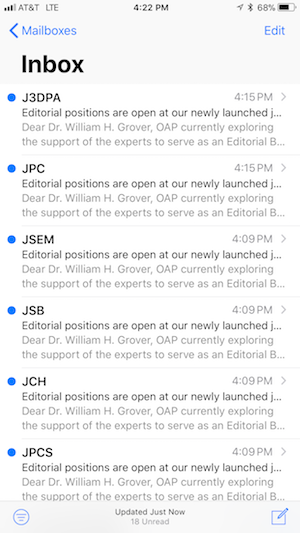
My poor inbox But on a lark, I recently looked up one of these journals, the Journal of Systems Biology Research, and found their website. They currently have just one “article in press” (Volume 1, Issue 1, page 1) and no other published articles. There’s a link for submitting new articles (which the journal charges $749 to publish). And despite having published just one article, the Journal of Systems Biology Research has a ten-member editorial board. This list seems to include some reputable researchers (and I’ve reached out to a couple of them to confirm that they actually agreed to serve on the editorial board). But it was the biography for one editorial board member, Alireza Heidari, that caught my eye:
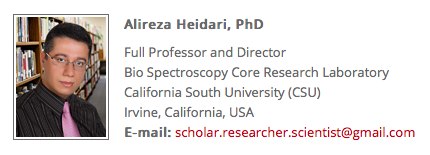
Dr. Heidari is said to be a professor at California South University (CSU) in Irvine, California. I did a double-take when I read “California South University”—I’d never heard of it, despite apparently living just a few miles down the road from it. The name “California South University” sounds like what you’d get if you put the names of every Southern California university into a blender and pressed “liquefy.” It’s a little bit of University of Southern California, a little bit of California State University, and two or three others, all rolled into one.
-
Fun with Python's sys.getrefcount()
Python has a function called
sys.getrefcount()that tells you the reference count of an object. For example, the following code,import sys print sys.getrefcount(24601)has the output
3That basically means that 3 things in Python currently have the integer value 24601. Why would Python keep track of how many things have a value that’s a particular integer? Since integers are one of the immutable data types in Python, Python can save computing resources by having all the variables that contain 24601 refer to the same data in the computer’s memory. For example, if we keep running the above and now assign 24601 to the variable
foolike this:foo = 24601 print sys.getrefcount(24601)the output is now
4because we’ve now created another variable with a value of 24601. We didn’t dedicate any new memory to storing the value 24601; we just created a new reference to the same memory that already contained 24601. And if we change the value of
footo be something other than 24601, like this:foo = 12345 print sys.getrefcount(24601)the output is back to
3meaning that Python got rid of the unneeded reference to 24601 (and made a new reference to 12345).
In my experience, 3 is the smallest number of references that I ever get out of
sys.getrefcount(). It’s greater than 1 because it includes temporary references created whensys.getrefcountis called. Receiving 3 fromsys.getrefcount(number)basically means thatnumberis used in your current code but isn’t used anywhere else in Python. So based on our experiments above, it looks like the integer 24601 isn’t used anywhere by default in Python.What happens if we run
sys.getrefcount()on some smaller integers?import sys print sys.getrefcount(1) print sys.getrefcount(2) print sys.getrefcount(3)593 87 28meaning that, in Python on my computer at this time, there are 593 references to the integer 1, 87 references to 2, and 28 references to 3! This means that these small integers are used elsewhere in Python (i.e., in the guts of the program); there are lots of internal Python variables that contain 1, and many (but fewer) variables that contain 2 or 3. I thought that this gave a pretty interesting insight into the guts of Python, and it raised some interesting questions: which integers are most commonly used in Python’s internals? Which ones are least common?
-
The UCR Bell Tower: 1966 and 2017
I had so much fun making my last animated GIF of UC Riverside history that I made another one. Here’s the UCR Bell Tower at its dedication ceremony in 1966 and today:
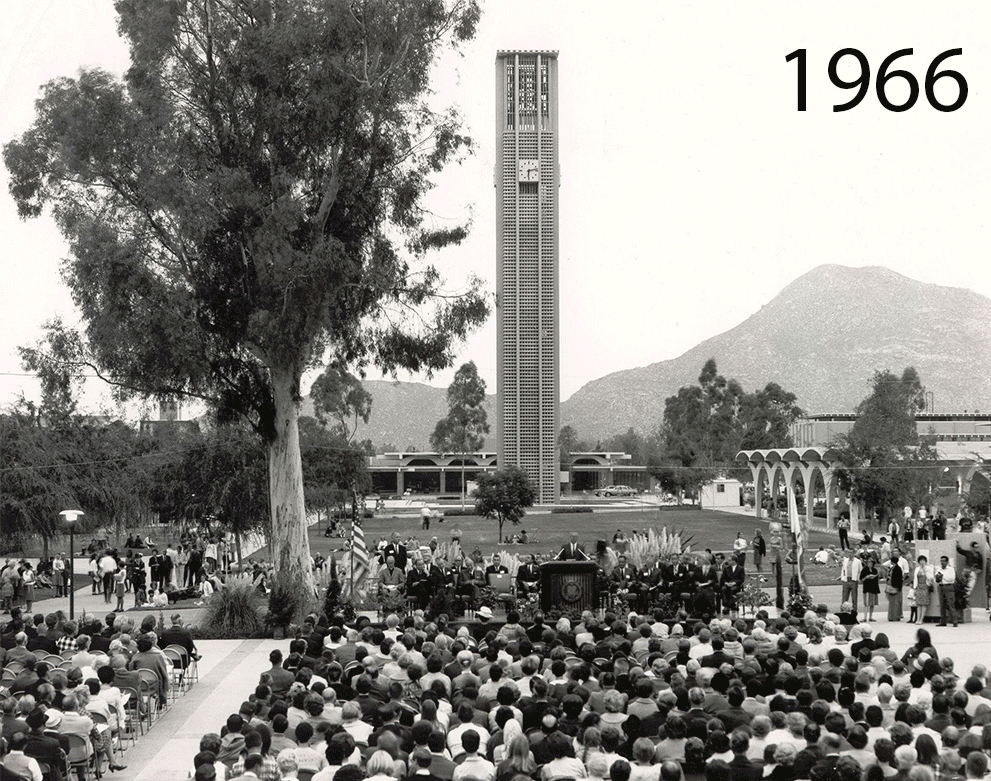
The 1966 photo is from this UCR Today article about the Bell Tower’s 50th anniversary.
-
The Barn: 1917 and 2017
In an email sent to the faculty, staff, and students on May 26, 2017, UC Riverside Chancellor Kim Wilcox shared a 100-year-old photograph of The Barn. Today, The Barn is a campus lunch spot where we sometimes treat campus visitors to lunch. But 100 years ago, it was—well—a barn, a working barn on the grounds of the then-ten-year-old Citrus Experiment Station. Nearly 40 years would pass before The Barn and the land around it became the University of California, Riverside. Then The Barn became a noteworthy venue for live music with performers like No Doubt, Sublime, and Doc Watson appearing there. Today it’s mostly a lunch spot, but in his email, Chancellor Wilcox announced plans for renovating the barn next year and returning live entertainment to this historic venue.
Rolling around campus on scooters with my sons this Sunday, I decided to stop at The Barn and take a photograph from roughly the same spot as the 1917 photo was taken. After some trial-and-error in Photoshop, I made a little animation that compares the 1917 barn with the 2017 barn:
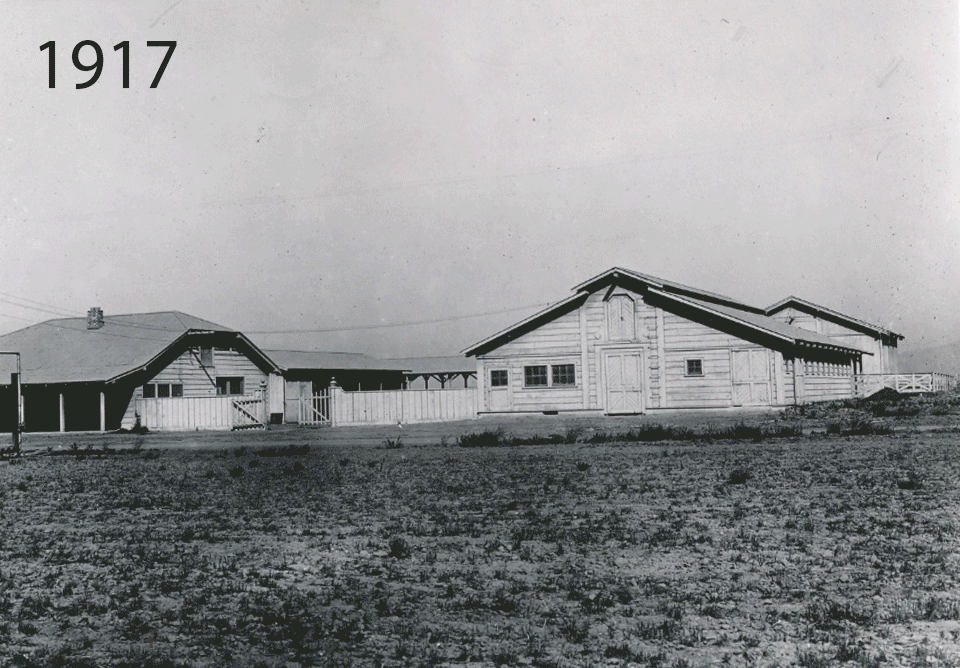
-
Dissecting a TransLink Compass ticket
This post was featured in the 24 Hours Vancouver newspaper and spawned an interesting discussion on Reddit’s Vancouver subreddit.
On a recent trip to Vancouver B.C. we decided to take TransLink’s SkyTrain and buses from the airport to the Horseshoe Bay ferry terminal. We bought our tickets at the YVR SkyTrain station:

-
Rife
For some reason, the story of the Elixir Sulfanilamide disaster has always fascinated me. If you don’t already know about it, Elixir Sulfanilamide was a drug developed in 1937 by the S. E. Massengill Company of Bristol, Tennessee. Only a month after Massengill began selling it, reports started coming in of patients who endured terribly painful deaths after taking the medicine. Thanks to a herculean effort by the US Food and Drug Administration to collect the remaining bottles of the medicine before anyone else took it, “only” about a hundred deaths were attributed to the drug.
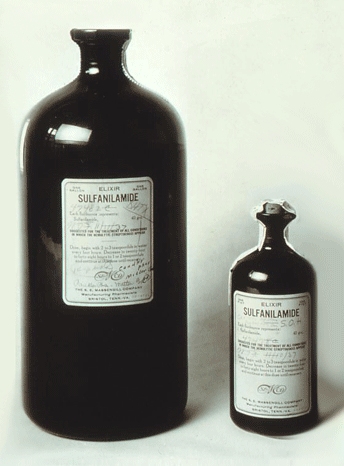
-
A humble proposal for Riverside's streetcar line
In the time-honored tradition of folks pontificating about stuff they know absolutely nothing about, here is my humble proposal for the Riverside streetcar line in the neighborhood around UC Riverside (click for a bigger version):
-
Why I can't return to Tennessee
Versions of this were published in the University of Tennessee Daily Beacon and the Johnson City Press.
I always thought I’d move back to Tennessee. I was born and raised there, and I’m proud of my chemistry degree from the University of Tennessee (class of ‘99). And even though I left Tennessee to get my PhD, I always assumed I’d return. To maybe be a professor at UT. To share my passion for science with the next generation of scientists. To collaborate with some of the world’s brightest minds at Oak Ridge. To start companies and create jobs for Tennesseans. To try to give something back to a state that’s done so much for me.
-
Science for GitHub
My friend and former labmate Marcio von Muhlen recently wrote a thought-provoking piece on why we need a Github of science. My take on his central argument: our centuries-old system of for-profit academic journals and peer review could be vastly improved if it included aspects of modern Open Source software publishing tools like Github. For example, instead of relying on the opinion of two or three anonymous (and possibly unqualified) referees to determine whether my research belongs in a high-impact journal, I could post my paper on the “Github of science” and the entire community of my peers could weigh in on its strengths and weaknesses. Like quality hits in a Google search, well-regarded research rises to the top and is rewarded by additional visibility, and weaker research sinks to the bottom. Marcio’s piece was the subject of an enthusiastic discussion on Hacker News.
I’ve been thinking about a backwards approach to Marcio’s argument: instead of adding aspects of Github to science publishing, what would happen if we added aspects of the current science publishing system to Github? How horribly broken would Github become if we recast it in the image of Reed-Elsevier, Springer, John Wiley and Sons, and the rest of the for-profit scientific publishing companies?
-
All the easy experiments
Originally published in the Berkeley Science Review
Sixty years ago Berkeley was a campus at war. Plutonium, which had been discovered by Cal chemist Glenn Seaborg and his colleagues in 1940, had been identified by Manhattan Project scientists as a potential bomb-making material; by 1945 it was the subject of intense research at Berkeley, Los Alamos, and the University of Chicago. The frantic pace of wartime research led to numerous accidents: Los Alamos chemist Don Mastick swallowed much of the world’s plutonium when a test tube he was holding exploded in his face. Mishaps like this made Manhattan Project leaders anxious to better understand the health effects of plutonium. For answers, they turned to Joseph Hamilton, a young Berkeley professor who was already an expert on the toxicology of radioactive materials…
subscribe via RSS
